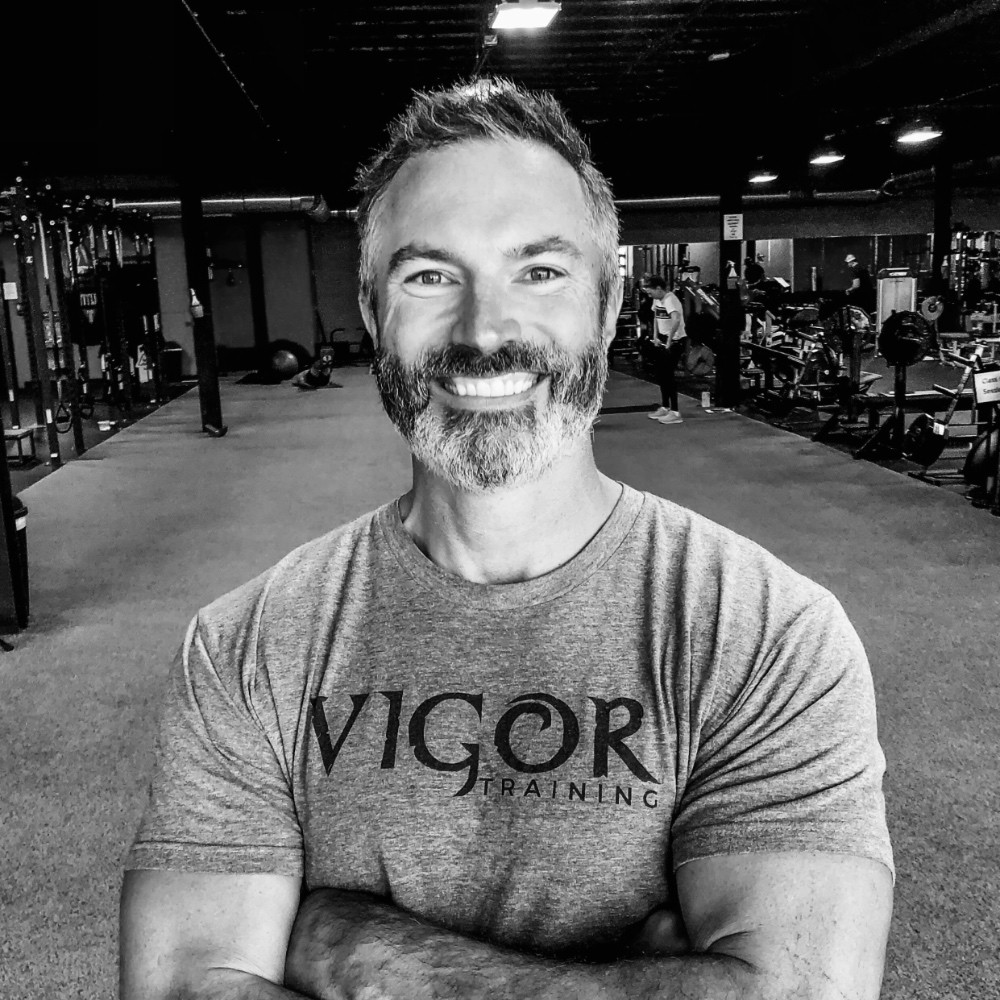- After-Shows
- Alternative
- Animals
- Animation
- Arts
- Astronomy
- Automotive
- Aviation
- Baseball
- Basketball
- Beauty
- Books
- Buddhism
- Business
- Careers
- Chemistry
- Christianity
- Climate
- Comedy
- Commentary
- Courses
- Crafts
- Cricket
- Cryptocurrency
- Culture
- Daily
- Design
- Documentary
- Drama
- Earth
- Education
- Entertainment
- Entrepreneurship
- Family
- Fantasy
- Fashion
- Fiction
- Film
- Fitness
- Food
- Football
- Games
- Garden
- Golf
- Government
- Health
- Hinduism
- History
- Hobbies
- Hockey
- Home
- How-To
- Improv
- Interviews
- Investing
- Islam
- Journals
- Judaism
- Kids
- Language
- Learning
- Leisure
- Life
- Management
- Manga
- Marketing
- Mathematics
- Medicine
- Mental
- Music
- Natural
- Nature
- News
- Non-Profit
- Nutrition
- Parenting
- Performing
- Personal
- Pets
- Philosophy
- Physics
- Places
- Politics
- Relationships
- Religion
- Reviews
- Role-Playing
- Rugby
- Running
- Science
- Self-Improvement
- Sexuality
- Soccer
- Social
- Society
- Spirituality
- Sports
- Stand-Up
- Stories
- Swimming
- TV
- Tabletop
- Technology
- Tennis
- Travel
- True Crime
- Episode-Games
- Visual
- Volleyball
- Weather
- Wilderness
- Wrestling
- Other
How to Build the Best Home Gym For Middle-Aged Men and Women
You’re ready to build a home gym, but where do you begin? Which equipment do you need? What brands should you consider? Can you even get as good of a workout at home as you would in a commercial gym? And how much should you expect it to cost? Vanessa and I recently turned our lower-level family room into a home gym. Even though I had a good idea of what we’d need, sorting through all the equipment options and brands proved more difficult than I thought it would be. If you find yourself in a similar circumstance, remember this: Home gym companies want you to buy their equipment and make it work for your workouts. It’s like a contractor building the most profitable house to sell you and then trying to convince you that their house is just what your lifestyle needs. In this guide, we start with your workouts first. Then, I’ll walk you through the right equipment to buy to get the best workouts with the least equipment. One other point I need to stress: If your home gym equipment isn’t good enough to replace your commercial gym workouts, you’ll end up still going to the gym. If that’s the case, then the investment in your home gym won’t be worth it. Your home gym setup has to be good enough to replace the commercial gym. That’s where I’ll begin with this guide. What exercises are essential in a good strength and conditioning program? If you’re going to make the significant investment in home gym equipment, especially if you’re middle-aged or older, you need equipment that allows you to do at least the following: Free weight movements (Barbells and Dumbbells) Squats Lunges Chest Press – Flat, Incline Shoulder Press Pullup / Chinup Dips Rows Deadlifts Machine movements Leg Press Leg Extension Leg Curl Pulldown Row Why do you need free weights and machines? My Crossfit buddy said you only need free weights…I can imagine some who read the list above thinking something along those lines. First, as you get older, you will develop aches and pains and end up with injured joints. That’s just part of being an active adult. If your only option for hitting your legs hard is to do squats, you won’t have much to do when you hurt your back, helping a friend move some furniture. Having the leg press available ensures you keep up with your lower body training. Second, movements like extensions and curls have a place in a good strength and conditioning program. They’re often dismissed amongst the free weight purists, but if you want to maximize muscle as you age, as well as ensure your joints have the most protection, you’ll include leg curls and extensions for your legs just as you’d include bicep curls and triceps pressdowns for your arms. Third, not everyone can do pull-ups, and even if they can, they might not be able to do very many reps. Also, over time, relying only on pull-ups for your back can lead to issues with your elbows and forearms. Don’t get me wrong, pull-ups are a crucial part of a good program, but they’re not the only way you should work your lats. Having a pulldown and row machine available allows you to train your back with a little more variety and less stress on your joints. You might also wonder, “Why wouldn’t you just get a universal gym?” If you’re 80 or older, a single, multi-exercise piece of equipment could suffice. But machines do not replace the balance and stability benefits of free weights, nor do they allow you to move through a more natural range of motion, which is important for developing posture and joint integrity. On the flip side, there are some things machines can do that free weights can’t. Including both in your home gym, within a reasonable space and c

